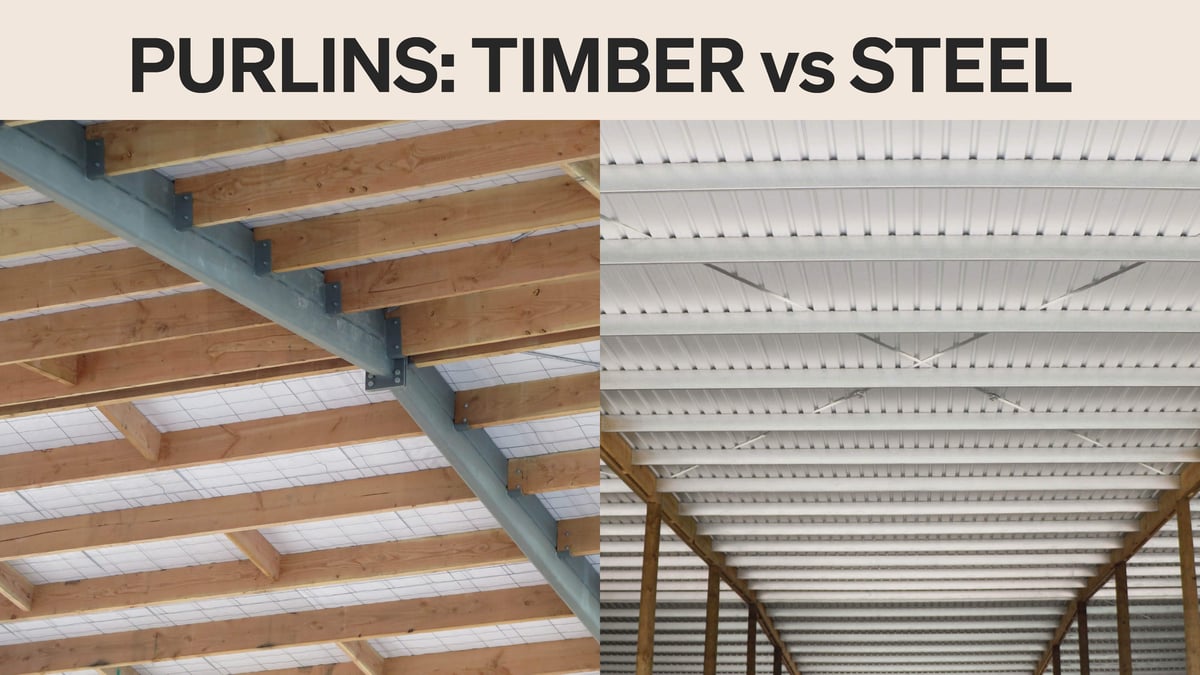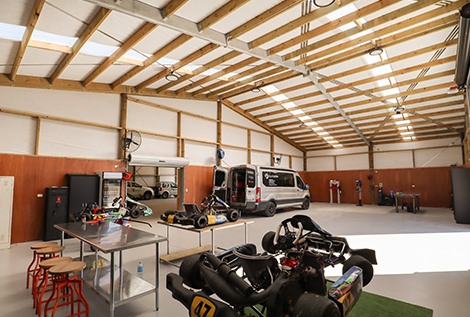When planning a shed project in New Zealand, one detail that’s easy to overlook is the type of purlins used in your design. Purlins form the backbone of your shed’s roof structure, so choosing the ...
October 18th, 2024
3 min read
By Brad Person




%20(1).png?width=1000&height=600&name=Blog%202%20-%20October%20-%20rolled%20steel%20sheds%20(2)%20(1).png)



.png?width=800&name=What%20is%20a%20pole%20shed%20(1).png)